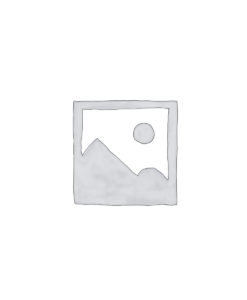
Volcanic Ash
Recommended Use
A grey abrasive of volcanic origin (usually 2 to 20% in a cream or gel base).
Cautions
Unlike the ash that forms from burning wood or other combustible materials, volcanic ash is hard and abrasive, rather than soft and fluffy.
It does not dissolve in water, and it conducts electricity, especially when it is wet.
It often smells of sulfur.
 |



Reviews
There are no reviews yet.